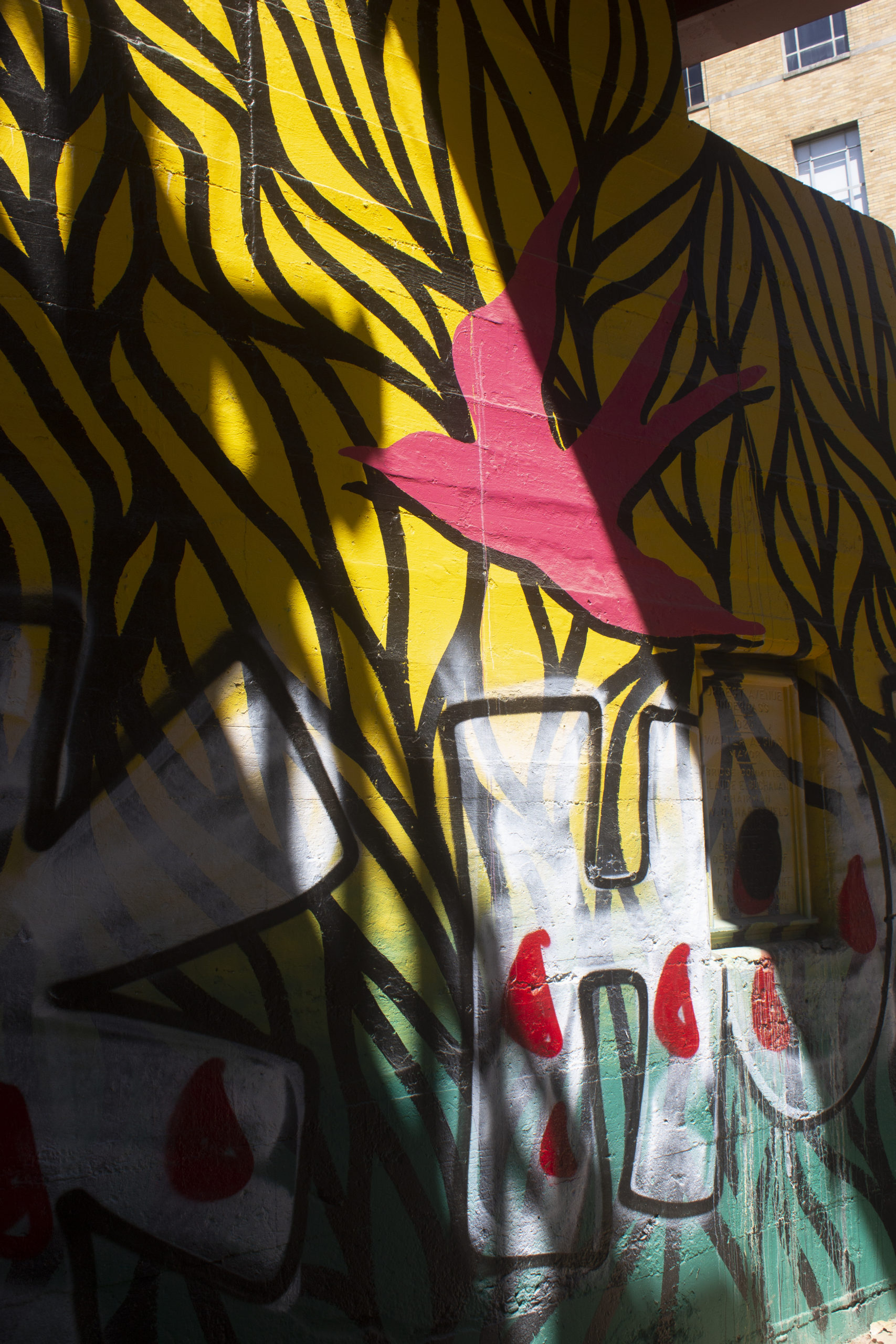
A proud mare stands with one hoof raised by the Atlanta BeltLine Eastside Trail, her young filly by her side as he curiously gazes at passersby. Their coppery manes seem to flow in the spring breeze, but they are completely still.
These grand horses, made entirely of repurposed steel, are together known as Mare and Filly. Mare and Filly is one structure on the Atlanta BeltLine self-guided street art walking tour, which offers a walk at your own pace through the most prominent art and sculpture park in the southeastern U.S.
Along with structural installations like Mare and Filly, those strolling along the 3.1-mile self-guided walking trail can see almost 100 murals and street art pieces.
“[The Atlanta BeltLine] is for the city, by the city,” Sundiata Rush, an Atlanta artist, said on the Art on the Atlanta BeltLine’s website.
Like Mare and Filly, some structural installations became a part of the BeltLine’s “continuing collection” and remained in place for years, while other pieces cycle out annually. Jonathan Bowling, who created Mare and Filly, also made Longhorn, a sculptural work that temporarily called the BeltLine home in 2017.
Though horses are Bowlings’ favorite animal to portray in his art, he also creates pigs, goats and mythical creatures like a 10-foot-tall pegasus. They live permanently in zoos, downtown centers and art exhibitions all over the southeast.
“Horses are a lot of bang for the buck,” he said.
His larger-than-life creatures reflect an artist’s handiwork with over 20 years of professional experience, but Bowling started small. After graduate school at East Carolina University, he started making fish. Many people purchased them to hang on the walls of their beach houses.
“I could stack a few hundred of [the fish] on a trailer and just drive,” Bowling said.
The steel fish business was profitable because Bowling could sell the affordable items one-by-one, but larger animals like the horses displayed on the BeltLine called his name. He found himself much happier working on a larger scale — and horses were the perfect subject.
“I got into [art] the same way as anybody,” Bowling said. “Every three-year-old is an artist; some people lose it, and others don’t.”
Bowling grew up on a small farm in Kentucky. As the youngest sibling, he spent his free time alone making up games and building makeshift structures outside.
“I liked to draw; I got into that when my grandmother gave me a Ranger Rick magazine,” Bowling said. “I was always into making hay forts and little dams in the creek with rocks.”
As he did in his childhood, Bowling works with the materials available to him. He works with repurposed steel most often because it withstands the elements and requires minimal maintenance.
“I work with what I can find, as opposed to saying, ‘I want this exact shape, so I’ll cut this shape out,’” Bowling said.
Bowling’s work is his livelihood, but it’s more than just a way to keep the lights on; it’s a part of who he is.
“Art is an identity and a paycheck,” Bowling said. “I [create art] for that ‘aha’ moment and that pleasure of knowing you’ve … made something from nothing.”
